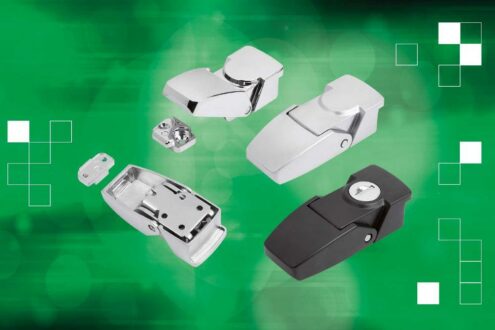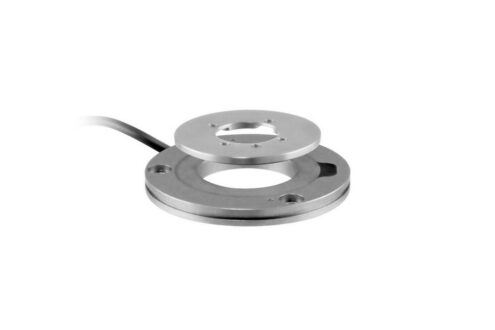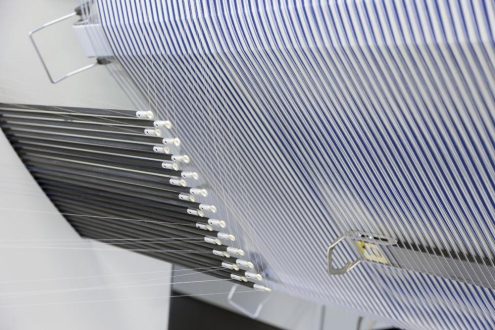mycon SplitMaster system is revolutionizing the separation of glued battery housings
- Manual Disposal
- Semi-automated Disposal
- Fully automated Disposal
The inspection and examination of a vehicle battery after an accident is important to identify and minimize potential risks posed by damaged or defective batteries:
- Potential Damages: In an accident, the battery can be damaged, either through direct collisions or by shocks. It is important to inspect the battery to ensure that there are no physical damages that could lead to leaks or other issues.
- Electrical Safety: An accident can lead to damages to electrical components, including cables and terminals of the battery. An inspection ensures that there is no exposure of electrical components that could potentially cause short circuits or other electrical hazards.
- Potential Leakage: The battery can be damaged, leading to leaks of electrolyte. A leak of battery acid not only poses an environmental hazard but can also cause corrosive damages to vehicle parts.
- Thermal Reactions: In some cases, there can be thermal reactions that damage the battery and may even lead to a fire. An inspection after an accident can determine if the battery has overheated or been damaged in any way, posing a potential hazard.
The disposal of a glued lid of a traction battery can be done in various ways, depending on specific requirements and available resources:
- Mechanical Methods: Mechanical methods such as tapping, scraping, or cutting can be used to loosen the glued lid. However, caution must be exercised to avoid damaging the battery or its components.
- Thermal Treatment: Targeted application of heat can soften the adhesive, facilitating the removal of the lid. This can be done using heat guns, heating mats, or other heat sources.
- Chemical Solvents: The use of chemical solvents can break down the adhesive and allow for the removal of the glued lid. However, it is important to ensure that the solvents used are safe for the battery.
- Cold debonding followed by mechanical separation: By applying cold to the glued lid, the adhesive can become brittle at temperatures of -40 to -70°C, reducing its adhesion. It is sufficient to cool only specific areas accordingly, which can then be separated with light mechanical effort.
The cold debonding method using the mycon SplitMaster system allows for quick and safe damage-free separation of glued battery housings.
mycon GmbH, a sister company of the service company Kipp Umwelttechnik GmbH, develops, manufactures and markets new products and automation technologies.
mycon GmbH currently services customers in approx. 40 countries.
Many years of experience in the field of industrial services led to several system developments and patents, some of which have received international recognition.
mycon GmbH supports customer groups from various industry and service sectors:
– Automotive industry
– Trains
– Construction and building renovation industry
– Chemical industry
– Printing industry
– Electrical industry
– Incineration plants / waste disposal companies
– Foundry industry
– Municipal enterprises
– Power generation industry
– Plastics industry
– Paint and coating industry
– Food industry
– Mechanical engineering
– Oil and gas industry
– Steel industry
– Textile industry
mycon GmbH
Senner Straße 156
33659 Bielefeld
Telefon: +49 (521) 329230 44
Telefax: +49 (521) 402482
http://www.mycon-germany.com
Bevollmächtigter
Telefon: +49 (521) 403090
Fax: +49 (521) 402482
E-Mail: info@mycon-germany.com
![]()



